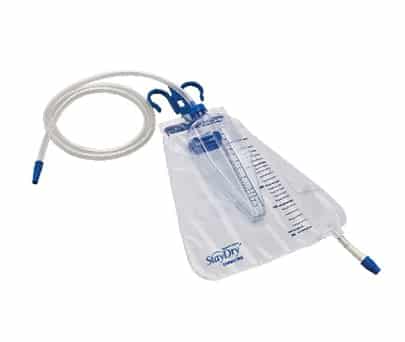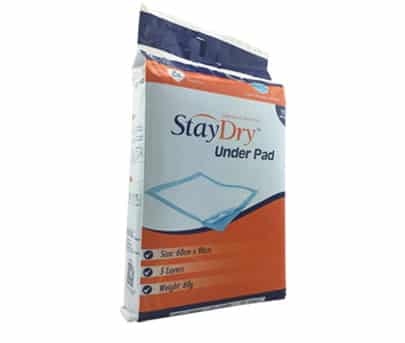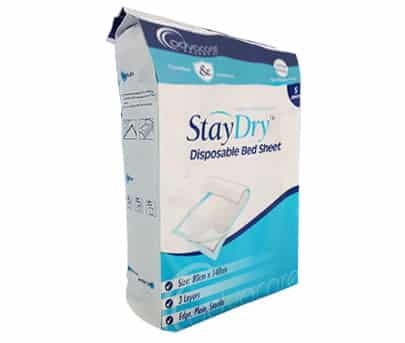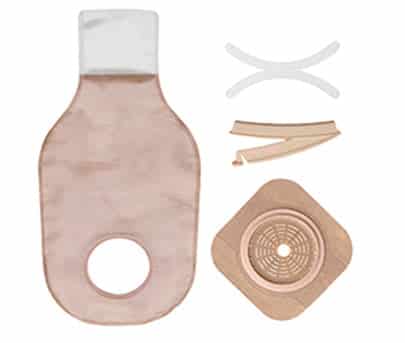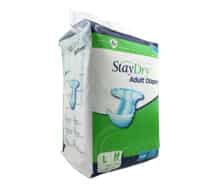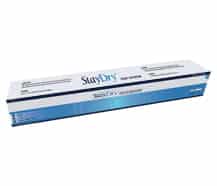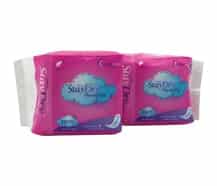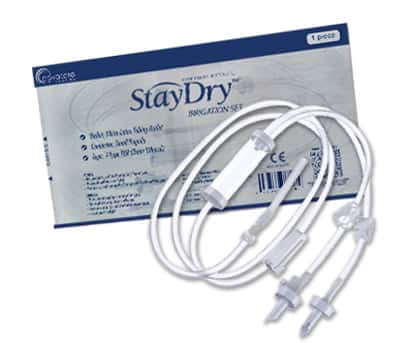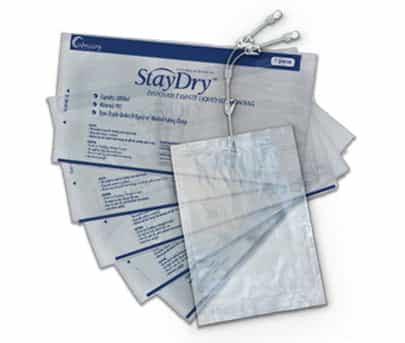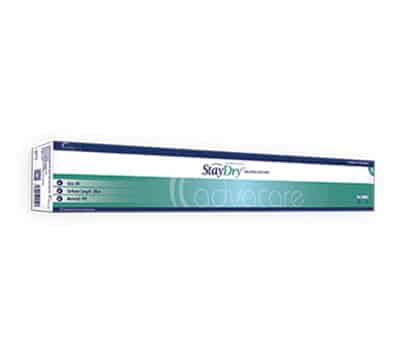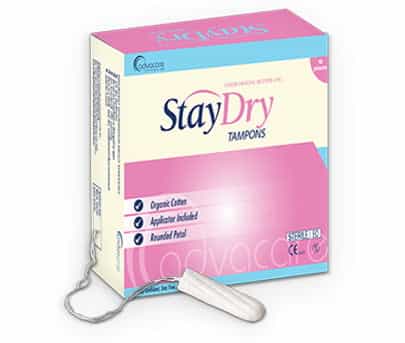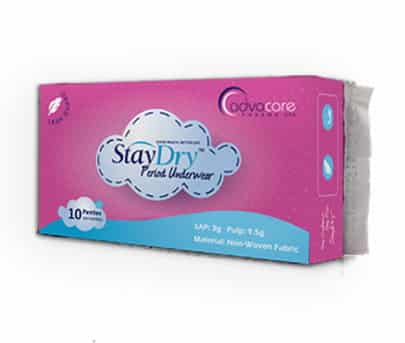
UltraDry Series |
|
|
| Size | Weight | SAP |
|---|---|---|
| 38 x 15.5cm | 21g | 4g |
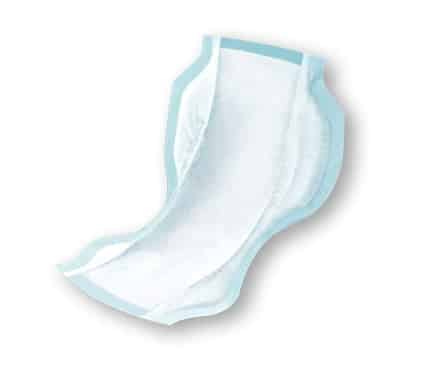
XtraDry Series |
|
|
| Size | Weight | SAP |
|---|---|---|
| 50 x 21cm | 38g | 6.5g |
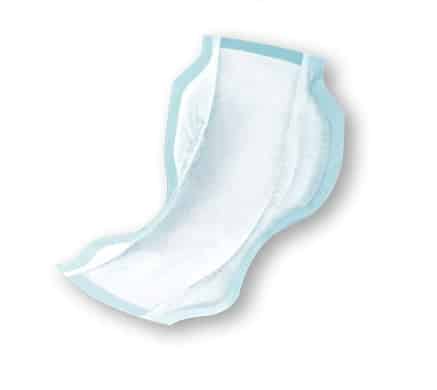
UltraDry Series |
|
|
| Size | Weight | SAP |
|---|---|---|
| 55 x 30cm | 48g | 8g |
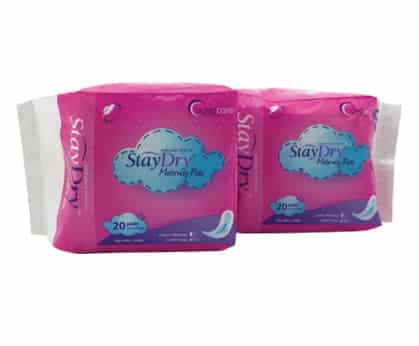
Size
|
Weight
|
SAP
|
 |
CE is an abbreviation for Conformite Europeenne (European Conformity) and the mark indicates that all the requirements for the specific product meet the European standards and that it has been tested and allowed to enter the European market. Learn more: http://ec.europa.eu/growth/single-market/ce-marking/ |
 |
ISO (International Organization for Standardization) 13485:2003 standard represents the quality management system for design and manufacturing of medical devices; it was published in 2003. This international certification requires the manufacturer the quality system of the facilities. Learn more: http://www.iso.org/iso/catalogue_detail?csnumber=36786 |
 |
FDA (the Food and Drug Administration) is an agency of the United States responsible to protect and regulate public health products, such as medical products, tobacco, food, veterinary medicines. Learn more: http://www.fda.gov/ |
About Our Maternity Pads
Why StayDry?
Consumer Tips
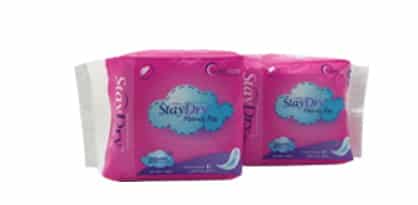
StayDry maternity pads are extremely absorbent and breathable disposable, mostly used to absorb lochia. Lochia is the vaginal discharge after giving birth containing blood, mucus, and uterine tissue. Lochia discharge typically continues for 4 to 6 weeks after childbirth. The bleeding right after giving birth will be bright red. It can be very heavy and clotty. Over time the blood will turn brownish. With our line of maternity pads, you will always have a comfortable feel throughout the day and night.

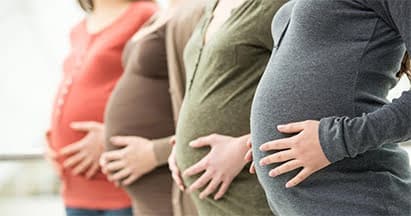
StayDry strives to offer affordable products to those who need our products the most. Hygiene and comfort will be maintained with our sanitary pads.
It’s important to always have maternity pads, rather than regular pads, because they are longer, softer, and much more absorbent.
The bleeding from the uterus will start soon after the baby is born. This is the case whether woman had a vaginal or a C-section.
This bleeding is called lochia. The blood will be bright red. It can be very heavy and clotty. The bleeding will gets less over the first 6 hours to 12 hours while taking a rest after having birth. A rush of blood might possibly come out after physical movement.
Avoid using tampons in the weeks after childbirth, as it may lead to infection. Wait until your period returns before you start using them again.
After the first few days, you will begin to lose less blood. It will change color from bright red to being more pink and watery, and then brown, over the second and third week. If you are breastfeeding, the bleeding may be heavier when you feed your baby, as well as right afterwards. This is because of the hormone oxytocin that is released when you are feeding your baby. This makes your uterus tighten, forcing out the lochia. It may also become a little heavier if you’re busy and not resting enough.
How to Change a Maternity Pads?
In order to use our maternity pads properly, please read the fitting and changing instructions:
How to Change a Maternity Pads
- 1 Remove the stained maternity pads by pulling it out slowly towards you. Then wrap it up with toilet tissue and dispose of it in the trash can.
- 2 Open the clean maternity pad’s wrapper by gently pulling apart the flaps located in the center of the wrapper and unfolding the pad.
- 3 Gently, tear off the strip of paper located on the back. If you tear too fast, you might leave some of the paper behind. When this happens, the pad loses its adhesiveness.
- 4 Place it in the middle of the panty, and firmly press down. Make sure the longer end is towards the back while the shorter end is toward the front.
- 5 Gently remove the strips of paper on the wings and fold them to the sides of the panty.









